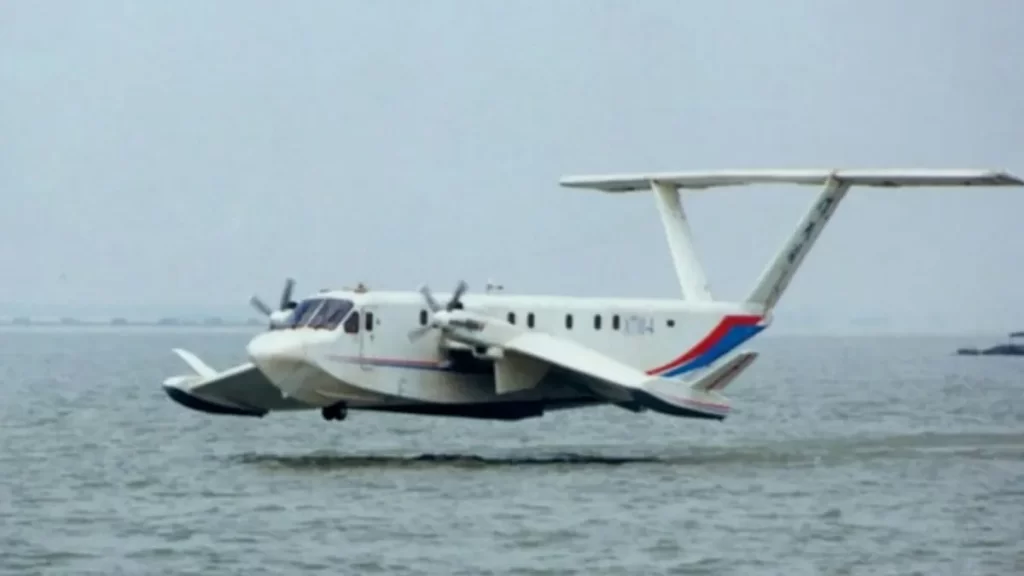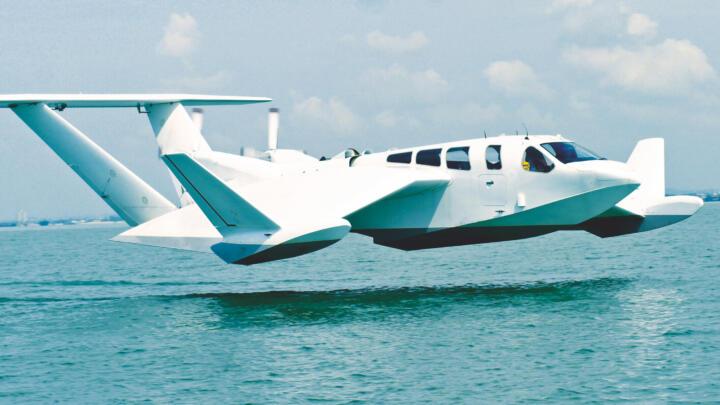China has reportedly completed 30 sea trials of its new ground-effect “wingship,” which has the potential to revolutionize maritime operations. The wingship, a combination of an air-cushioned vehicle and an aircraft that glides close to the ground, could be used for a variety of purposes, including airdropping supplies on islands and beaches, conducting search and rescue missions, and supporting China’s maritime strategy.
From the images available, the wingship appears to have a propeller engine that allows it to travel over the water’s surface, and wings that enable it to fly and support itself in the air. The concept of a ground effect vehicle (GEV) is not new, with the Soviet-era ekranoplan being a famous example. However, China’s new wingship is said to be a third-generation GEV with improved seaworthiness and high wave resistance.

According to reports, the wingship can travel for six hours continuously at speeds of up to 150 mph (240 kph), with a total takeoff weight of 4.5 tonnes and a passenger capacity of up to 12. It is claimed to be 20 times faster than a typical surface boat, making it a highly efficient mode of transportation for emergency response and maritime operations.
One of the key advantages of the wingship is its ability to operate in rough seas year-round, thanks to its improved seaworthiness. This could make it a valuable asset for search and rescue operations in challenging maritime conditions. With its onboard detection systems, the wingship could quickly reach accident scenes, conduct accurate search and identification operations, and drop life-saving equipment and emergency supplies with precision.
The wingship could also play a significant role in China’s maritime strategy, particularly in the South China Sea where the country has territorial claims. It could be used to establish a speedy transportation network between Hainan and Chinese-controlled islands, enhancing China’s presence and capabilities in the region.

However, as with any new technology, there are also potential concerns, including the potential for military applications and geopolitical implications. The wingship’s capabilities and intended use could raise questions about its impact on regional stability and international relations.
In conclusion, China’s new wingship, with its impressive speed, improved seaworthiness, and versatility, could be a game-changer in maritime operations. Its potential for quick response, precision airdrops, and year-round operation in rough seas could make it a valuable asset for various applications, including emergency response, search and rescue, and maritime transportation. As further developments and deployments of the wingship unfold, it will be interesting to see how it shapes China’s maritime strategy and influences the broader geopolitical landscape.


